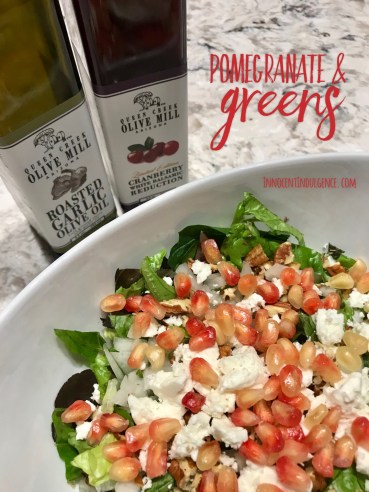
4-weeks in to my journaling challenge, it’s getting easier. Sometimes I’m amazed that I’m writing more, actually beginning to enjoy it, and surprised by the new thoughts that are coming as I write. Beyond the few perks, I’ve already mentioned in part 1, here are more of my discoveries about writing for a healthier and happier life:
10- Increases clarity – Just seeing thoughts, to-do’s, goals, and dreams in writing puts things in perspective. It helps organize thoughts, steps in a process or what to do next on the path towards a goal.
11- Solidifies vision – This really helps with long-term goals, whether it’s personal, relational, business or health goals. When you’re in the middle of a long journey, re-reading the original vision refreshes and renews the passion and dreams that can get weary or rusty in the process. More specifically, it helps us tune in and stay focused. Often our vision is too vague, but the more detailed and clear we can get, the more we can see it. This will help bring that dream to life, making it real and keeping us motivated, especially when things aren’t easy.
12- Improves learning and memory – Again, I’m seeing when I slow down to capture my thoughts, it helps me remember and solidify new information and concepts. I always think, “I can remember this.” But, that’s really not the case and i quickly forget. But more than that, writing the thoughts down makes them much easier to review…and continue pondering for deeper meaning.
13- Sets us up for a new stream of considerations – I’m noticing journaling slows my thoughts and allows me to tune in to and reflect on a fresh flow. It helps me tap into a new stream of ideas, inspirations and concepts that had I not slowed for, I would have missed entirely. I’ve especially been able to capture more insights from dreams as I write and see the happenings of the dream in word form. Really fascinating!
More Research to Encourage Writing for Health
14- Expresses and releases toxic, painful emotions
15- Helps shift mental focus and perceptions
16- Reduces anxiety and depression
17- Improves symptoms of IBS, asthma, rheumatoid arthritis, and state of mind in those dealing with Parkinson’s and cancer
18- Aids recovery from childhood sexual abuse, postpartum depression and post-traumatic stress disorder
I invite you, my other non-journaling friends, to join me on this challenge. These ideas have really helped me get going:
- Use a journal or notebook that fits you–colorful to make you smile, classy to capture your life, small so you can keep it handy, etc.
- Find pen(s) you love–color keeps me more engaged and makes me happy
- Jot down some bullet points
- Things you’re thankful for
- Meaningful (or rough) moments during the day
- Feelings
- Goals
- Dreams
- Prayers
- Inspirational thoughts
- Insights
- and so much more…
- Don’t get overwhelmed by pressures of traditional journaling to write full, complete, punctuated sentences. Just start getting your thoughts out there. You might just be surprised that sometimes full sentences just start coming…rather easily.
- Any form of documenting and written expression helps! I love my Notes app on my phone, but I’m discovering “they” are right. Writing by hand is especially helpful for learning, as it sends signals between the hands and brain to build motor memory. Don’t worry, I’m not giving up my app just yet! So, if it helps you get started, go for it!
Are you an expert journaler? I’d love to hear your stories!
…and please do share the helpful, healthful tips with friends and family.






 Stressed? Exhausted? Sick? Want to hit “Reset”?
Stressed? Exhausted? Sick? Want to hit “Reset”?





